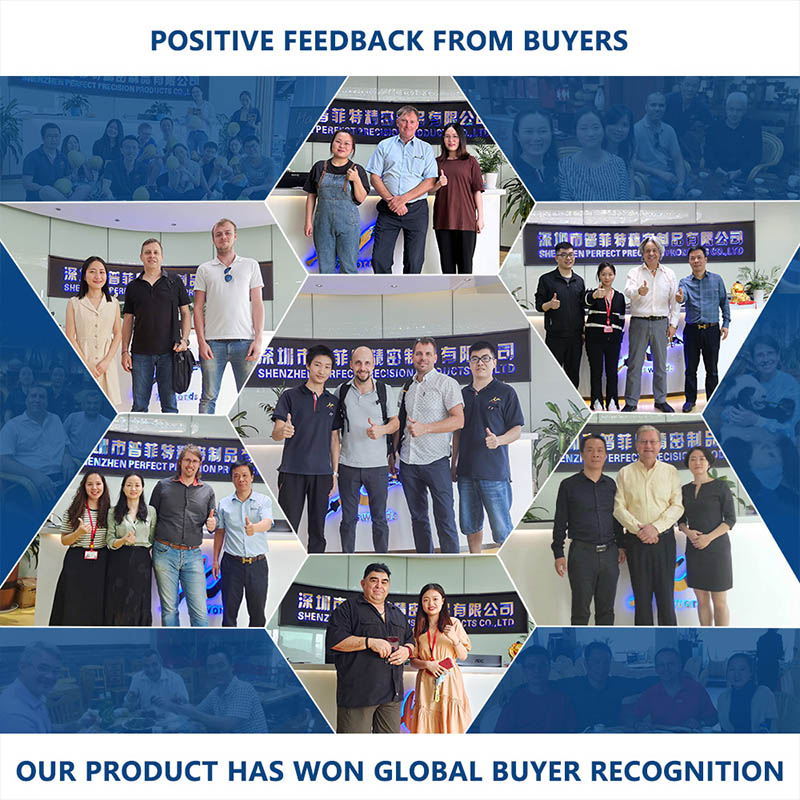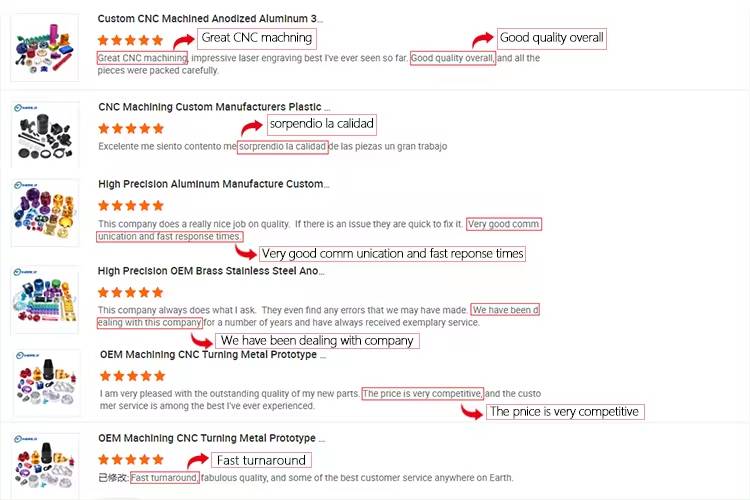Industrial Automation Parts
What Are Industrial Automation Parts?
Industrial automation parts are components that facilitate the automation of industrial processes. These parts work together to perform tasks that were traditionally done manually, streamlining operations and enhancing production efficiency. From control systems to mechanical and electrical components, industrial automation parts ensure seamless communication between machines, sensors, and control units.
1.Control Systems and PLCs (Programmable Logic Controllers):
• PLCs are the "brains" of industrial automation. These programmable devices manage the operation of machinery by executing pre-programmed logic to automate tasks. PLCs control a variety of functions, including assembly lines, robotics, and process control systems.
• Modern PLCs feature advanced connectivity options, integration with SCADA (Supervisory Control and Data Acquisition) systems, and enhanced programming capabilities.
2.Sensors:
• Sensors are used to monitor and measure various parameters such as temperature, pressure, humidity, speed, and position. These sensors provide real-time data to the control system, allowing automated systems to react accordingly. Common types include proximity sensors, temperature sensors, and vision sensors.
• Sensors play a critical role in quality control, ensuring that products meet precise specifications before they leave the production line.
3.Actuators:
• Actuators convert electrical signals into mechanical movement. They are responsible for carrying out tasks such as opening valves, positioning equipment, or moving robotic arms. Actuators include electric motors, pneumatic cylinders, hydraulic systems, and servo motors.
• The precise movement and control provided by actuators are integral to maintaining the consistency and accuracy of industrial processes.
4.HMI (Human-Machine Interface):
• An HMI is the interface through which operators interact with automation systems. It allows users to monitor, control, and adjust automated processes. The HMI typically features visual displays that provide real-time feedback on machine status, alarms, and operational data.
• Modern HMIs are equipped with touchscreens and advanced graphics to enhance user experience and streamline interaction.
1.Increased Efficiency:
Automation significantly reduces the time required to complete tasks. Machines, driven by automation parts, can work continuously without breaks, increasing throughput and operational speed.
2.Improved Precision and Consistency:
Automation systems rely on highly accurate sensors, actuators, and control units that ensure precise movements and operations, minimizing human error and variability in production.
3.Cost Savings:
While the initial investment in automation parts may be substantial, the long-term savings are significant. Automation reduces the need for manual labor, increases operational efficiency, and lowers the likelihood of costly errors or defects in products.
Selecting the right industrial automation parts for your specific needs requires careful consideration of several factors, including:
• Compatibility: Ensure the automation parts integrate seamlessly with existing equipment and systems.
• Reliability: Opt for components known for their durability and performance in demanding industrial environments.
• Scalability: Choose parts that allow for future growth and expansion of your automation system.
• Support and Maintenance: Consider the availability of technical support and the ease of maintenance to minimize downtime and prolong the lifespan of components.


Q:What’s your business scope?
A: OEM Service. Our business scope are CNC lathe processed, turning,stamping,etc.
Q.How to contact us ?
A:You can send inquiry of our products,it will be replied within 6 hours;And you can contact dirrectly with us through TM or WhatsApp, Skype as you like.
Q.What information should I give to you for inquiry?
A:If you have drawings or samples,pls feel free to send us,and tell us your special requirements such as material, tolerance, surface treatments and the amount you need,ect .
Q.What about the delivery day?
A: The delivery date is about 10-15 days after receipt of payment.
Q.What about the payment terms?
A: Generally EXW OR FOB Shenzhen 100% T/T in advance,and we can also consult accroding to your requirement.










